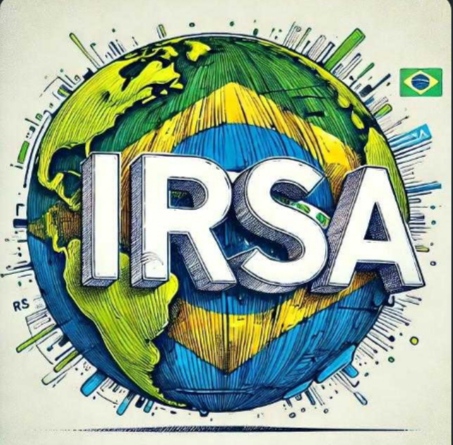Country of Focus
The Gambia
- Official Name: The Republic of The Gambia
- Capital: Banjul
- Population: Approximately 2.5 million people
- Area: 10,689 square kilometers (4,127 square miles)
- Head Of State And Government: President: Adama Barrow
- Form Of Government: multiparty republic with one legislative house (National Assembly)
- Official Language: English
- Economy: Primarily driven by agriculture, tourism, and remittances from Gambians living abroad.
- Currency: The Gambian dalasi (GMD)
The Gambia, a small West African nation, is often referred to as the "Smiling Coast of Africa" due to its warm hospitality and welcoming atmosphere. Situated along the banks of the Gambia River (where the country got it's name from) , the country boasts a rich cultural tapestry woven from centuries of history, diverse ethnic groups, and unique traditions. Here, we'll explore key details about The Gambia, including its geography, demographics, economy, and cultural heritage.
The Gambia is the smallest country on the African mainland, surrounded by Senegal on three sides and opening to the Atlantic Ocean on its western coast. Despite its small size, the Gambia River, which runs through the heart of the country, is a lifeline for both transportation and agriculture, shaping the landscape and livelihoods of its inhabitants.
The country is home to a population of approximately 2.5 million people, composed of various ethnic groups, with the Mandinka, Wolof, Fula, and Jola being the largest. This ethnic diversity contributes to the country's rich cultural heritage, as each group brings its own language, traditions, and customs to the tapestry of Gambian society.
Economically, The Gambia is primarily driven by agriculture, tourism, and remittances from Gambians living abroad. The fertile soil along the banks of the Gambia River supports the cultivation of crops such as rice, peanuts, and vegetables, which are staples of the Gambian diet. The country's picturesque beaches and vibrant culture also attract tourists (which is the country's major source of economy) from around the world, contributing significantly to the economy.
The country is known for its vibrant music, dance, cuisine, and festivals. Traditional music, characterized by the sounds of instruments like the kora, balafon, and djembe, fills the air during ceremonies, celebrations, and social gatherings. Griots, or oral historians, play a vital role in preserving the country's history and traditions through storytelling and song.
Gambian cuisine is a delightful fusion of flavors, with dishes like "Benachin" (Jollof rice), "Domoda" (peanut stew), and "Yassa" (marinated grilled meat or fish) being popular favorites. These dishes reflect the influence of indigenous ingredients and culinary techniques passed down through generations.
Festivals and ceremonies are an integral part of Gambian culture, providing opportunities for communities to come together, celebrate, and honor their heritage. The annual "Roots Homecoming Festival," inspired by Alex Haley's novel "Roots," commemorates the legacy of slavery and celebrates the resilience of the Gambian people. Traditional ceremonies like the "Kankurang" ritual and religious festivals like Eid al-fitr and Christmas are also observed with great enthusiasm and reverence.
In conclusion, The Gambia is a vibrant and diverse country with a rich cultural heritage that is deeply intertwined with its geography, demographics, economy, and traditions. From the rhythms of traditional music to the flavors of Gambian cuisine and the warmth of its people, The Gambia's culture continues to captivate and inspire both locals and visitors alike.
Mabel 💕🖋️

.jpeg)


Comments
Post a Comment